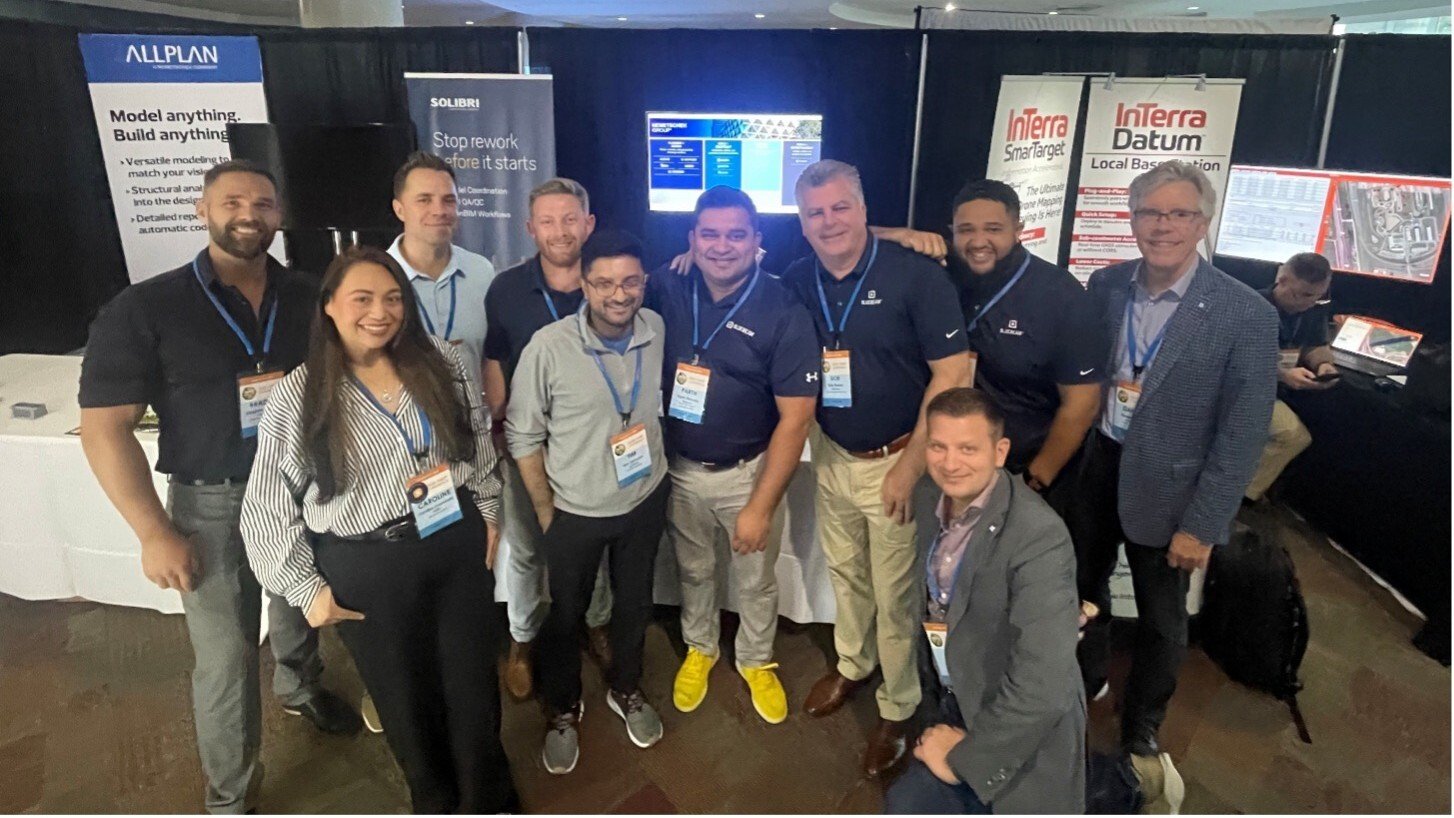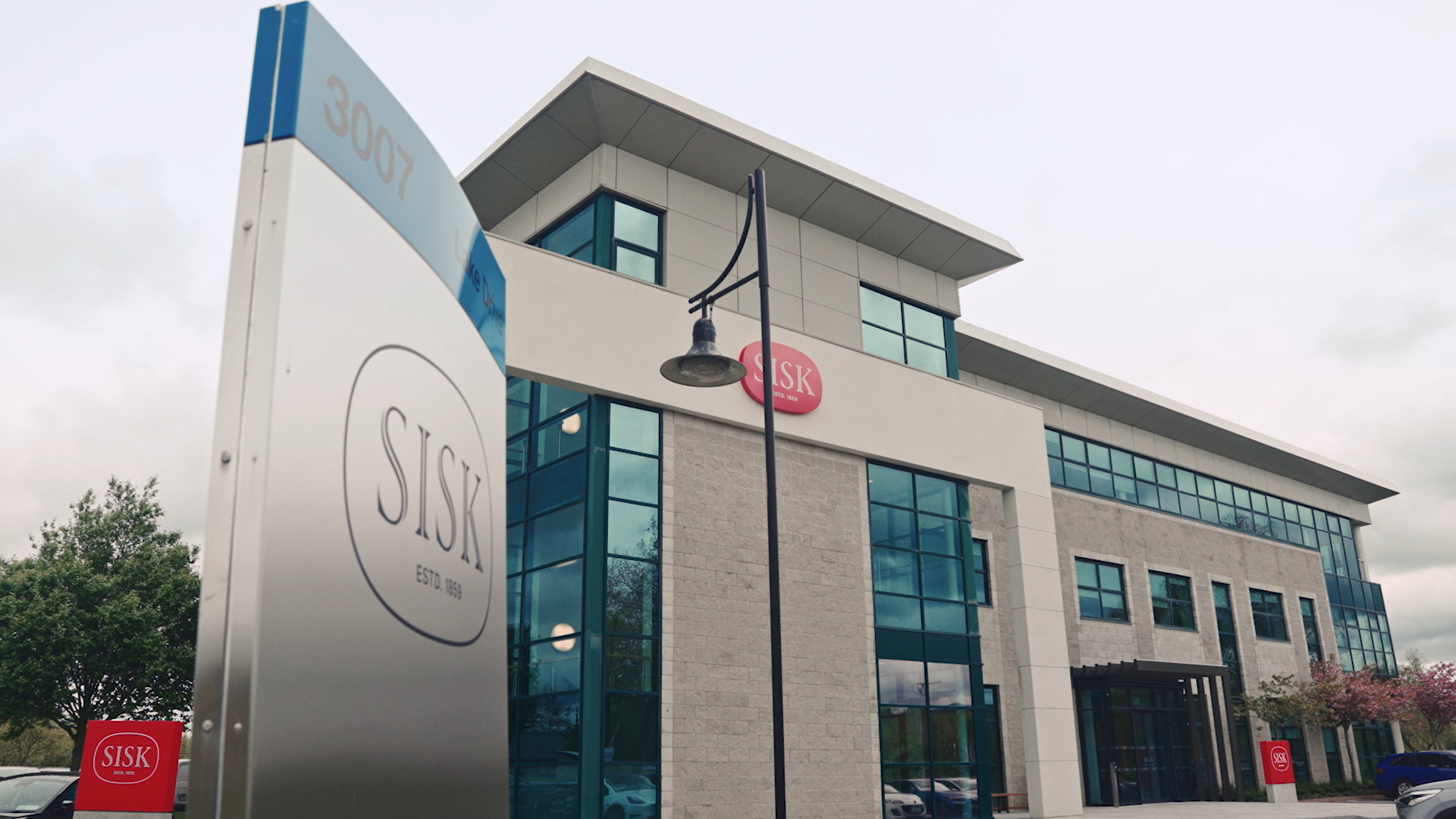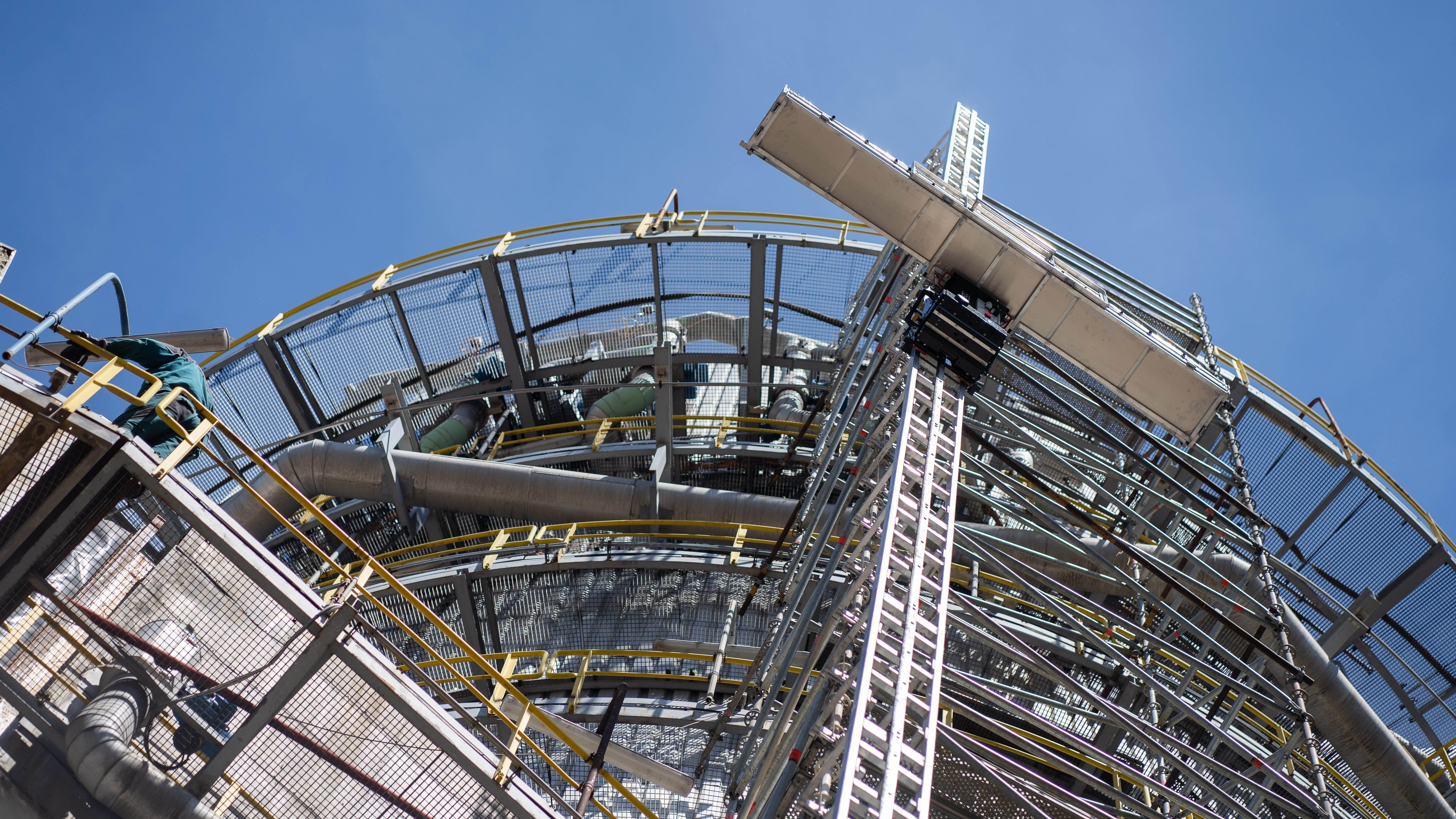Innovative and Immersive: The Metaverse and the Construction Industry
Today, construction companies are already increasingly using virtual environments to support various phases of the design, construction and operation of buildings and infrastructure. So, using the Metaverse in the construction industry seems to be just a matter of time - or is it?
Author
Nemetschek Group
This article belongs to the collection Digital Twin
To the topic pageToday, construction companies are already increasingly using virtual environments to support various phases of the design, construction and operation of buildings and infrastructure. At the same time, more and more people are moving into what is known as the metaverse - and not just since Facebook's ambitions, this concept of an immersive, purely digital world that blends with the real world is becoming increasingly popular. So, using the Metaverse in the construction industry seems to be just a matter of time - or is it?
Augmented Realities for More Collaboration
Using virtual environments to design and visualize buildings before they are built in the real world has been growing in popularity for some time. While still in its infancy, this technology has evolved tremendously and will help the industry build into and onto the future for a long time to come. Augmented reality (XR - extended reality) technologies such as virtual and augmented reality (VR and AR) are being used to improve communication and collaboration between everyone involved in construction. For example, VR can be used to create virtual walk-throughs of buildings and infrastructure, which can improve communication between designers*, engineers*, and contractors. AR can be used to overlay digital information on top of real-world environments to improve communication between stakeholders. In addition, these technologies can be used to improve design and construction processes: For example, VR can be used to perform virtual modeling and testing, which can help reduce errors and rework. AR can be used to provide real-time information on the jobsite, such as construction schedules and safety procedures, which can help improve efficiency and safety. Both AR and VR are precursors to the Metaverse - significantly changing the way teams design, build and operate. The Metaverse will continue to drive this change.
A Unique Way of Collaboration
The Metaverse offers unique opportunities to the construction industry: in particular, collaboration on international projects or different locally based teams, is greatly simplified. All stakeholders can meet in one place, exchange ideas and monitor progress. There is no longer a need for video calls or on-site inspections - instead, all work steps can take place in the Metaverse. In addition, the Metaverse offers the potential for a centralized project facility where all model data can be hosted to streamline collaboration, BIM coordination and visualization. The potential benefits of the Metaverse for collaboration, client* acquisition and exchange, design visualization, and BIM coordination are too great to ignore. But there are also limitations: For example, it must be possible to resolve liability issues even in the metaverse when errors occur - and data must be safe from subsequent manipulation. With blockchain technology, digital data can be managed in teams in a tamper-proof and transparent manner. In addition, collaboration processes in the planning and construction phase can be made more transparent and handled more securely. With blockchain as the infrastructure for collaboration, intellectual property rights can be effectively protected in the future, and redundant and time-consuming documentation can be made unnecessary. In this context, a blockchain (or data record chain) is nothing more than a large database that starts with an "originating data block." New data blocks are always appended to this chronologically and subsequently in an unalterable manner after they have been checked and confirmed by all parties involved. Each newly generated block refers to its predecessor with a unique identification number (the "hash"). The resulting database thus maps a history of data records. In a blockchain, all processes are therefore not completed on one computer, but simultaneously on several computers. This procedure additionally increases the security against manipulation. A blockchain is not updated and validated by a single institution or person, but by all members in the network together. This agreement is called consensus. Blockchain technology is essential to a secure metaverse for the construction industry.
Sustainability, Efficiency, Collaboration - Across the Entire Building Lifecycle
The Metaverse offers a unique opportunity to the construction industry: it allows people to be immersed in the construction project during a wide variety of phases. They can augment the physical world with all the information in the model or digital twin as the infrastructure is designed, built, and operated.
During design, people in the metaverse interact with the model to perform interdisciplinary design reviews, for example. They identify issues and visualize changes, communicate using mark-ups, and use digital tools to validate designs. During construction, contractors use augmented reality systems to visualize and review the construction process. This minimizes risks and leads to better results. In the operations phase, augmented reality-based digital twins can be used to ensure safety through simulations, maintenance, training, or even remote inspections.
In addition, workflows that are difficult to practice, time-consuming or dangerous can be rehearsed in the metaverse - and thus made safer. For example, quality inspections of infrastructure structures such as bridges can be carried out remotely using drones and a realistic model and completely digitized. This increases the safety of employees, but also efficiency and accuracy.
The Metaverse ensures that both collaboration and communication with each other are transformed. These advances enable a borderless exchange of ideas within a team, across the country, or around the world: experts from all countries can come together in the Metaverse to collaborate on solutions - contributing to better, more sustainable, and more efficient buildings.
Revolution - or Niche Technology?
The metaverse is disruptive in many ways and will change the way people communicate, collaborate and, in turn, design, build and operate buildings and infrastructure. While it's unlikely that virtual reality will completely replace 3D models and other traditional design standards, the technology will make it easier for contractors to explain decisions to their clients* and showcase the finished building before ground is broken. This will provide more transparency, clarity and improve collaboration - because no one will feel like they weren't involved in certain decisions - or that they can't fully grasp them. The Metaverse is not yet a fully developed concept - and it will take openness and uniform standards to increase acceptance of such an immersive experience - in society, but also in the construction industry. However, the metaverse offers significant benefits to all stakeholders - bringing greater collaboration, communication and efficiency to an industry that still needs to catch up in all three of these areas. Buildings and infrastructures can be experienced in all dimensions in the Metaverse - and all those involved in the building lifecycle can use the Metaverse to design, construct and operate better buildings.





